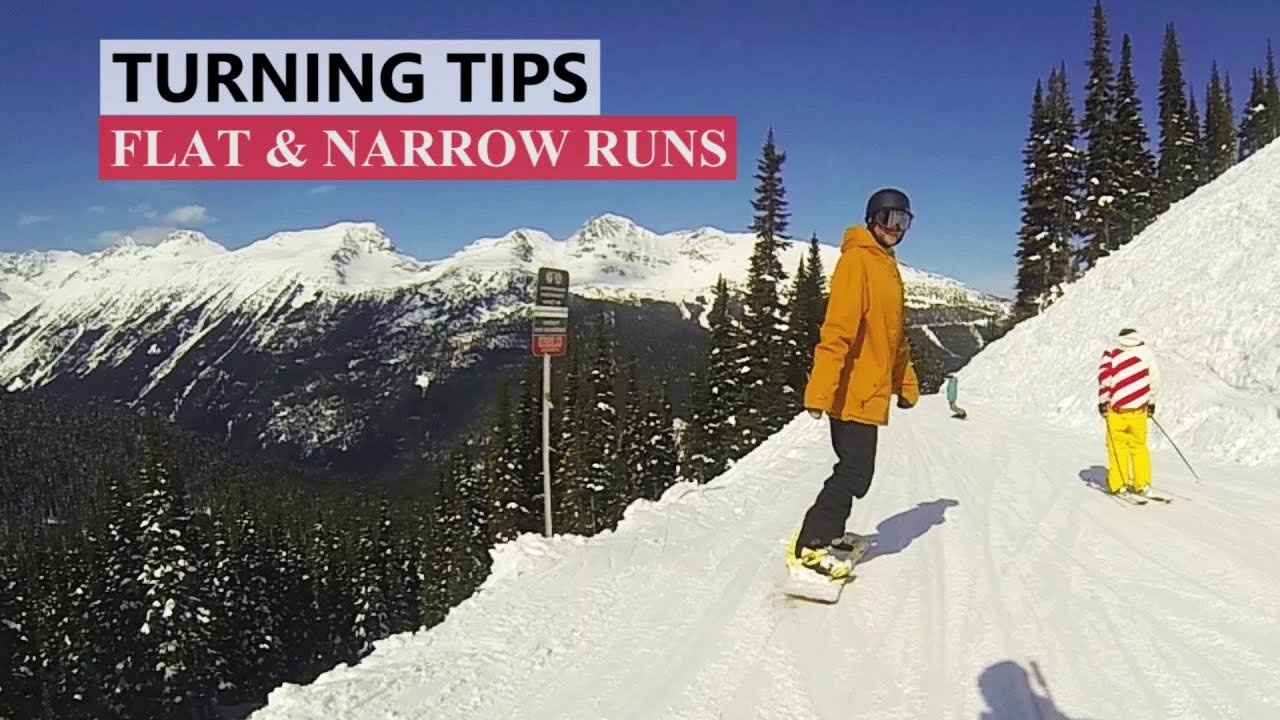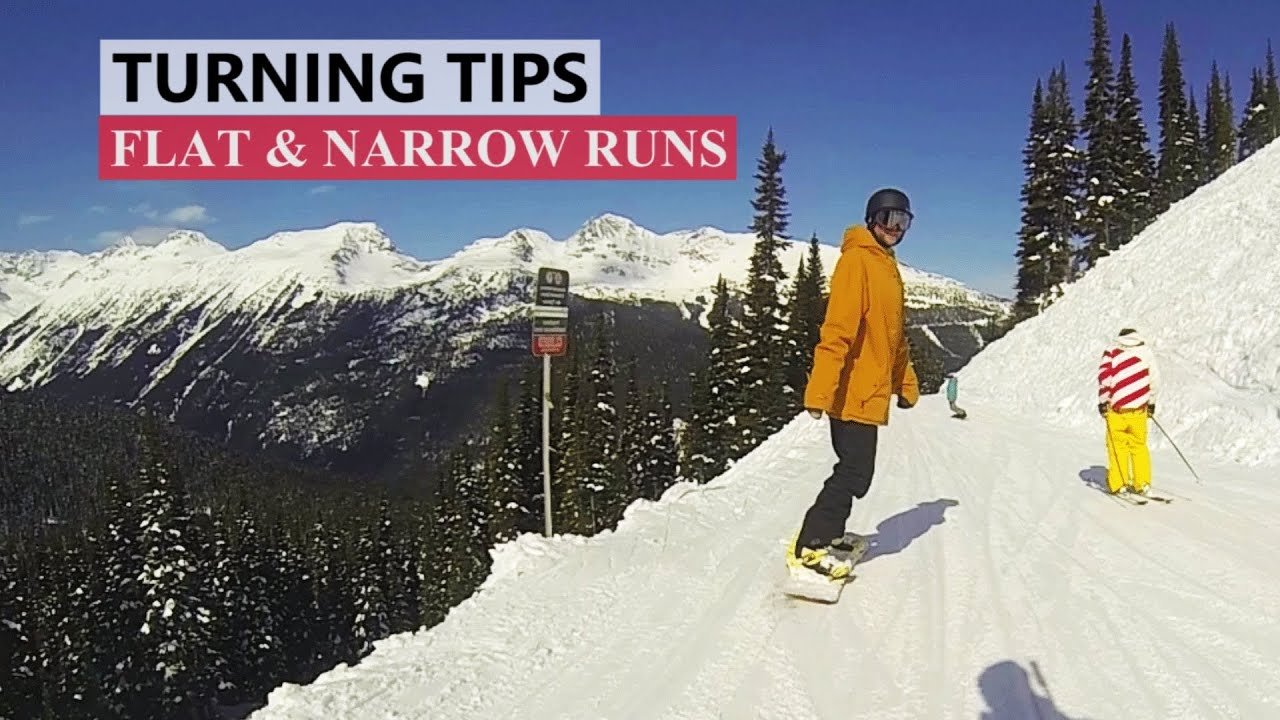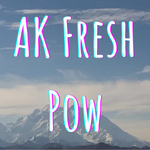
How to Turn on Flat & Narrow Runs – Beginner Snowboard Tips
In this article titled “How to Turn on Flat & Narrow Runs – Beginner Snowboard Tips,” the author addresses the challenges of navigating flat and narrow runs while snowboarding. These runs can prove to be difficult, as there isn’t much space to turn, one must maintain speed to cross them, and they can be crowded with other riders. While the author advises beginners to avoid these runs, they provide several tips for those who are ready to take on the challenge. The first tip is to make long and narrow turns, which allows for better balance and control over the board’s direction. The second tip is to slow down by turning to the heel edge if one has picked up too much speed. Riding with a balanced body position, with slightly bent knees and hands over the snowboard’s nose and tail, is the third tip. The article also emphasizes the importance of being aware of other riders and ensuring predictable turns to avoid any problems.
Tip 1: Make long and narrow turns
When riding on flat and narrow runs, it is essential to make long and narrow turns. This technique helps in maintaining balance and control over the board. By alternating between the heel edge and the toe edge, the rider can stay balanced on the edge. It is much easier to maintain balance while riding on an edge compared to riding with the board flat. Riding with the board flat reduces control and balance, and there is a higher chance of catching an edge.
In addition to keeping balance, making long and narrow turns also allows the rider to have more control over the direction of the board. This ensures that the rider can navigate the flat and narrow runs effectively. By staying on the edge while making turns, the rider can keep their speed up while crossing the flat parts of the run. This technique is particularly useful on runs with limited space to turn and maintain speed.
Tip 2: Slow down by turning to heel edge
When facing a situation where the rider has picked up too much speed on a flat run, it is crucial to have a technique to slow down. One effective way to slow down is by turning to the heel edge. This technique provides some control over speed on narrow runs where there is limited room to maneuver. By quickly turning to the heel edge, the rider can slow down their momentum.
Choosing to turn to the heel edge instead of the toe edge has additional benefits. When turning to the heel edge, the rider has better visibility of any obstacles or people who might be in the way. This increased visibility allows the rider to make informed decisions and avoid any potential collisions. However, if the rider prefers, they can also turn to the toe edge to decrease speed.

Tip 3: Maintain a balanced body position
To ride successfully on flat and narrow runs, it is essential to maintain a balanced body position. This position includes slightly bent knees, a straight back, and having the hands positioned over the snowboard’s nose and tail. By keeping the knees slightly bent and the back straight, the rider can ensure stability and control while turning from edge to edge.
Weight distribution is a critical component of maintaining balance and control on a snowboard. When turning from edge to edge, it is essential to keep the weight centered. This allows for smoother and more controlled turns. Similarly, when trying to control speed, keeping the weight centered is crucial. If the weight becomes unbalanced or the body gets twisted, there is a higher chance of catching an edge.
Bonus Tip: Be aware of other riders
When riding on flat and narrow runs, it is vital to be aware of other riders around you. Taking the time to make your turns predictable can help avoid problems with other riders. By being predictable in your movements, you give other riders the opportunity to anticipate your actions and adjust their path accordingly. This decreases the chances of collisions and ensures a safer snowboarding experience for everyone.
Being aware of the presence of other riders also means being attentive and cautious. It is important to scan the area ahead and around you for any potential obstacles or people before making turns. By doing so, you can have a clearer understanding of your surroundings and navigate the runs accordingly.
Beginner Snowboard Tips
As a beginner snowboarder, it is crucial to understand the importance of avoiding flat and narrow runs. These runs can be challenging due to the limited room to turn and the need to maintain speed. It is advisable for beginner snowboarders to avoid these runs until they have built up enough skill and confidence. However, if you feel ready to tackle flat and narrow runs, here are a few tips to help you ride them successfully.
Video demonstration by SnowboardProCamp: To provide a visual understanding of the tips mentioned above, SnowboardProCamp has created a video demonstration. In this video, the host will show you how to apply the techniques discussed and give you a better idea of how to turn on flat and narrow runs.
Links to recommended gear: To enhance your snowboarding experience, it is important to have the right gear. Below are links to some recommended gear that can help you ride with confidence and comfort:
- Capita DOA Snowboard: [Link]
- Vans Hi Standard Pro Boots: [Link]
- Oakley Line Miner Goggles: [Link]
Conclusion:
Turning on flat and narrow runs can be challenging, but with the right techniques and practice, it becomes much easier. Making long and narrow turns, using the heel edge to slow down, and maintaining a balanced body position are all crucial aspects of successfully navigating these runs. Additionally, being aware of other riders and making your turns predictable will help ensure a safe experience for everyone on the slopes. Remember, as a beginner snowboarder, it is important to build up your skills and confidence gradually before attempting more difficult runs. By following these tips and practicing regularly, you’ll be able to conquer flat and narrow runs with ease.
